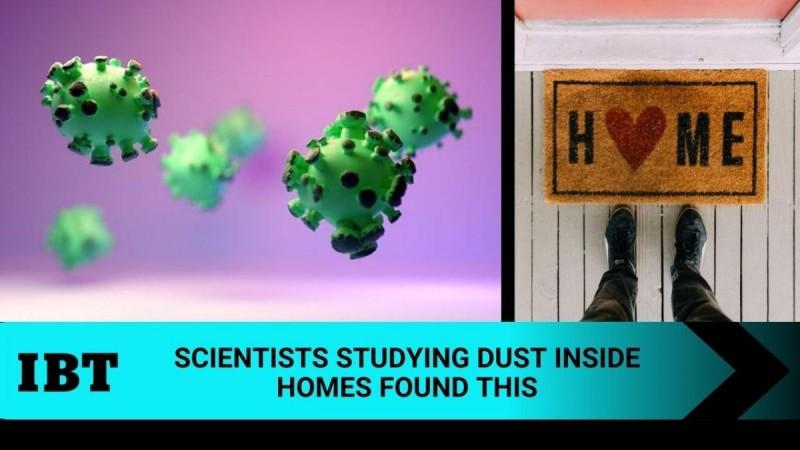Due to the COVID-19 induced lockdown, work from home culture has become a norm in India and around the world. With people spending time indoors, now more than ever, there is natural understanding that risk of exposure to pollution and dust is drastically down. What if we told you you're not fully out of the grasp of dangerous pollutants hiding in plain sight right inside your homes.
Dyson, the renowned household appliance brand known for its unique vacuum cleaners and air purifiers, has studied Indian households over the years to bring some alarming data about the dust in our homes. By collecting samples from homes to testing them in labs to thoroughly understand whether homes are as safe as presumed, Dyson has managed to understand the gravity of the situation.
There is dust visible to the naked eye, which gets cleaned every day using traditional methods, and then there is invisible dust that requires a level of deep cleaning. Dusting and wiping does get all the microparticles that are sitting on your carpet and sofas and even beds. There are bacteria, pollen, and dust mite allergens attacking us inside our homes.

As per the data gathered by Dyson, "a simple action such as sitting on a sofa can cause allergens to float in the air and trigger allergic reactions or allergies. These allergens are microscopic. The size of dust mite allergen, mould spores and other insect allergens is often between 0.5 to 5 microns and can easily transmit to our body without we even knowing it."
By understanding what these dust particles are made of, Dyson makes products that can offer better cleaning options. For instance, the Dyson V11 Pro is capable of capturing 99.97 percent particles as small as 0.3 microns. For sake of context, the diameter of a human hair is around 50 microns.

What's in our homes?
Dyson shares some shocking facts about dust found in an average Indian household:
- Household dust is made up of a complex matrix of microscopic particles. The size of dust mite allergens, mould spores and other insect allergens is often between 0.5 to 5 microns.
- Dust contains a high percentage of human skin cells. An average person loses around 28g of skin per week, about the weight of a bag of crisps.
- Dust mites feed off human and animal skin flakes, each mite generating around 20 droppings a day.
- One square meter of carpet can contain up to 1000 dust mites.
- Moving around your home disturbs dust mites and their droppings, which can stay airborne for 30 minutes. In the air, they can be easily inhaled and trigger allergic reactions.
- Dust mites thrive in dark and warm conditions, like mattresses which cannot be cleaned by regular techniques. Beds can contain between 100,000 and more than 1 million dust mites.
- Pet allergies are common, but pet fur often isn't the problem; the proteins found in pet saliva, urine and dander (dead skin cells) disperse in the form of dust.
- Wearing shoes indoors, you track animal faeces, pollen, fertilizers, motor oil, construction materials, toxic compounds and miscellaneous organisms to every room of the house.
- The health risks to babies from pollutants in household dust may be 100 times greater than for adults.
- There are on average more than 2000 distinct types of microbes in our dust.















